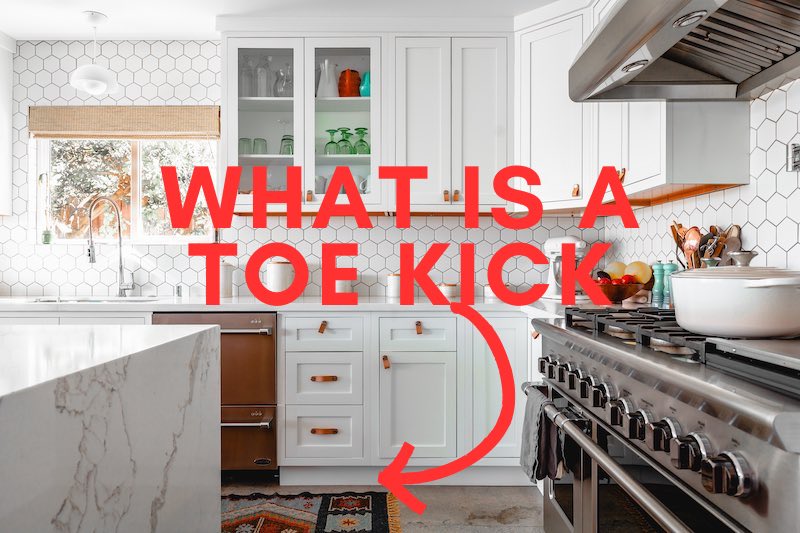What is a Toe Kick: Kitchen Cabinet Insights
by Gary Wade • December 07, 2023
When it comes to designing a kitchen, there are many important elements to consider. One such element that often goes unnoticed but plays a significant role in both functionality and aesthetics is the toe kick. In this comprehensive guide, we will explore what a toe kick is, its purpose, and why it is an essential feature in modern kitchen design. Whether you are remodeling your kitchen or building a new one, understanding the importance of a toe kick will help you make informed decisions and create a space that is both functional and visually appealing.
Understanding the Cabinet Toe Kick
The toe kick, also known as a kick space, is the recessed area at the bottom of base cabinets. It is typically a few inches of space that allows your feet to rest comfortably underneath a portion of your cabinetry. The purpose of a toe kick is to provide ergonomic benefits and enhance the overall user experience in the kitchen. By creating a recessed space, the toe kick allows you to stand closer to the countertop without having to hunch over, reducing strain on your body and improving balance.
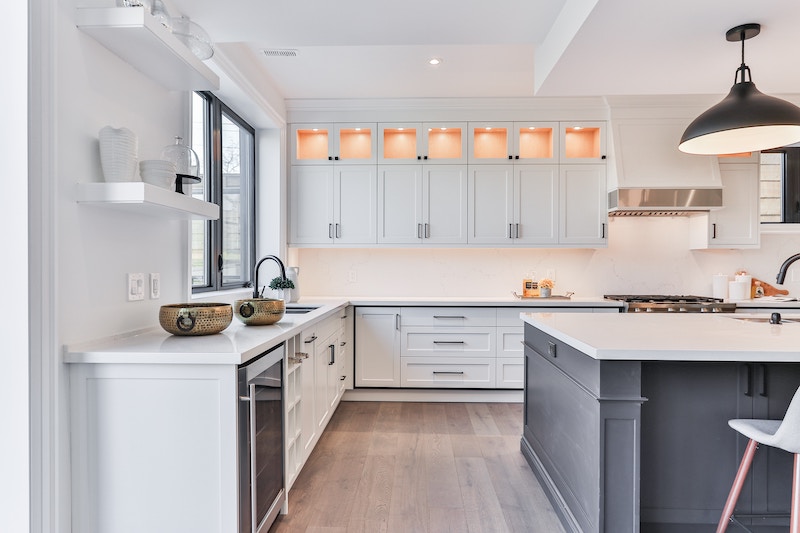
Construction and Dimensions of a Toe Kick
A toe kick is constructed by notching out the bottom of base cabinets, creating a space that allows your feet to fit comfortably. It is typically 3 to 4 inches deep and 4 ½ inches high. The dimensions may vary depending on personal preference and design choices. The toe kick is often painted or stained to match the cabinets, seamlessly blending with the overall aesthetic of the kitchen.
Benefits of a Toe Kick
The inclusion of a toe kick in your kitchen design offers several benefits that contribute to a more comfortable and efficient workspace. Here are some key advantages:
1. Ergonomic Design
One of the primary benefits of a toe kick is its ergonomic design. By allowing you to stand closer to the countertop, the toe kick reduces strain on your body, particularly on your back, shoulders, and arms. It promotes a more natural posture while working in the kitchen, minimizing the risk of chronic pain and posture-related issues.
2. Improved Balance and Stability
The toe kick provides a stable base for you to stand on while working at the countertop. By positioning your feet within the recessed space, you can maintain better balance and stability, especially when engaging in tasks that require precision and coordination.
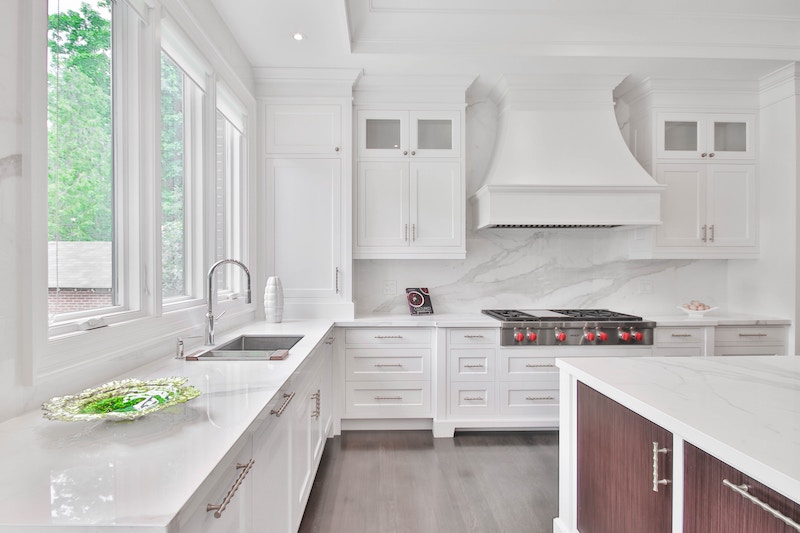
3. Protection for Cabinetry
Another advantage of a toe kick is that it helps protect the base of your cabinets from scuffs and damage caused by feet in work-heavy areas. By creating a buffer between your feet and the cabinetry, the toe kick ensures that your cabinets remain in pristine condition for a longer period.
Where to Use Toe Kicks in Your Kitchen
While toe kicks can be incorporated throughout the kitchen, there are specific areas where they are particularly beneficial. Consider the following locations when deciding where to include toe kicks in your kitchen design:
1. Preparation Areas
Toe kicks are especially useful in preparation areas where you are likely to spend extended periods standing and working. These areas include countertops designated for cutting, chopping, and meal preparation. By including a toe kick in these areas, you can enhance your comfort and productivity while working in the kitchen.
2. Cleaning Stations
Another area where toe kicks are valuable is near cleaning stations, such as the kitchen sink. When washing dishes or performing other cleaning tasks, you may find yourself standing in one place for an extended period. Having a toe kick in this area allows you to maintain a comfortable position while reducing strain on your body.
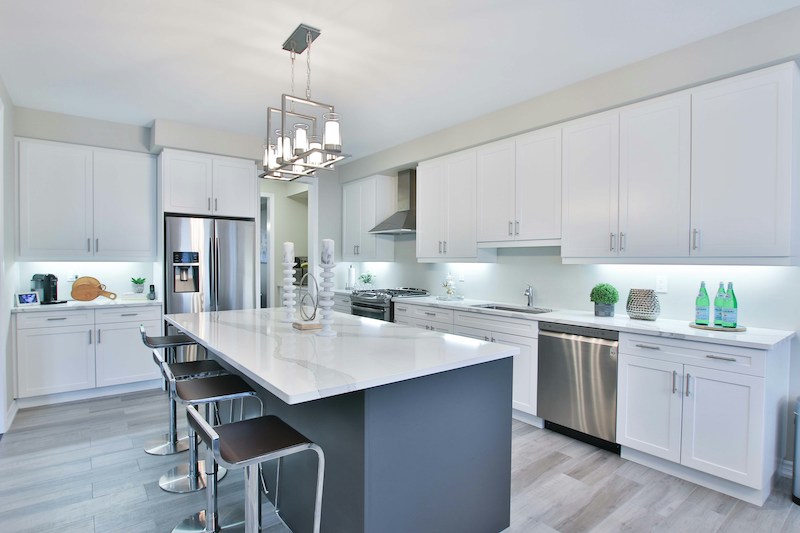
3. Cooking Zones
Toe kicks can also be beneficial near cooking zones, such as the stovetop or oven. These areas often require precise movements and coordination, and having a toe kick allows you to maintain stability and balance as you navigate your way through various cooking tasks.
Alternatives to Cabinet Toe Kicks
While toe kicks offer numerous benefits, there are alternative design options to consider if you prefer not to include them in your kitchen. These alternatives can add a unique touch to your space while still providing functionality and style.
1. Traditional Base Molding
If you prefer a more traditional look, you can opt for base molding that projects out from your kitchen cabinets instead of a toe kick. This style choice adds a touch of elegance and sophistication to your kitchen while still allowing you to stand comfortably close to the countertop.
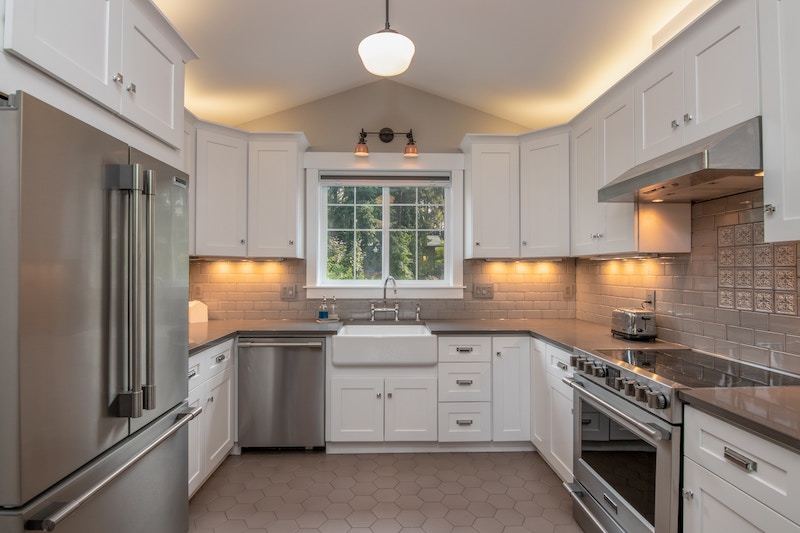
2. Furniture-Like Features
Incorporating furniture-like features into your kitchen design is another alternative to toe kicks. For example, you can add extended stiles or legs to your kitchen island, creating a custom, finished look that goes beyond the traditional toe kick space. This option adds visual interest and allows for customization while providing a practical workspace.
What Is A Cabinet Toe Kick?
In conclusion, a toe kick is a small yet significant feature in kitchen design that offers both functional and aesthetic benefits. By providing a recessed space at the bottom of base cabinets, a toe kick allows you to stand closer to the countertop, promoting a more ergonomic posture and reducing strain on your body. It improves balance, stability, and overall comfort while working in the kitchen. While toe kicks are commonly used in preparation areas, cleaning stations, and cooking zones, there are alternative design options available, such as traditional base molding or furniture-like features. Ultimately, the inclusion of a toe kick or alternative design choice depends on your personal preferences and the overall style you wish to achieve in your kitchen.


